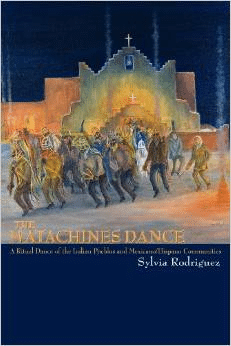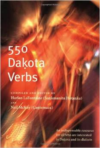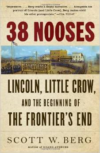Description
The Matachines dance is a ritual drama performed on certain saint’s days in Pueblo Indian and Mexicano/Hispano communities along the upper Rio Grande valley in New Mexico and elsewhere in the American Southwest. It derives from a genre of medieval European folk dramas symbolizing conflict between Christians and Moors. Spaniards brought it to the Americas as a vehicle for Christianizing the Indians. In this book, Rodriguez explores the colorful, complex, and often enigmatic Matachines dance as it is performed today. In the Upper Rio Grande Valley of New Mexico, the Matachines is the only ritual dance performed in both Indian Pueblos and Hispano communities. There, the dance involves two lines of masked dancers, a young girl in white and her crowned, masked, male partner, a bull, and two clowns. Accompanied usually by violin and guitar, these characters enact a choreographic drama that symbolizes encounter, struggle, and transformation-resolution. In this classic, prize-winning ethnographic study, anthropologist and native New Mexican Sylvia Rodriguez compares Indian Pueblo and Hispano Matachines dance performance traditions to discover what they share, how they differ, what they reveal about specific communities, and what they mean to those who continue to perform them with devotion and skill. Sylvia Rodriguez, a professor of anthropology at the University of New Mexico, studies interethnic relations in the US-Mexico Borderlands, with particular focus on Hispano/Mexicano-Pueblo-Anglo relations in the Upper Rio Grande Valley of New Mexico. She holds degrees from Barnard College and Stanford University, and has taught at Carleton College and the University of California, Los Angeles. Her publications deal with the impact of tourism on ethnic relations; the politics of identity, place, and representation; identity and ritual; and conflict over land and water. She continues to conduct ethnographic fieldwork in and around her home town of Taos.






Reviews
There are no reviews yet.